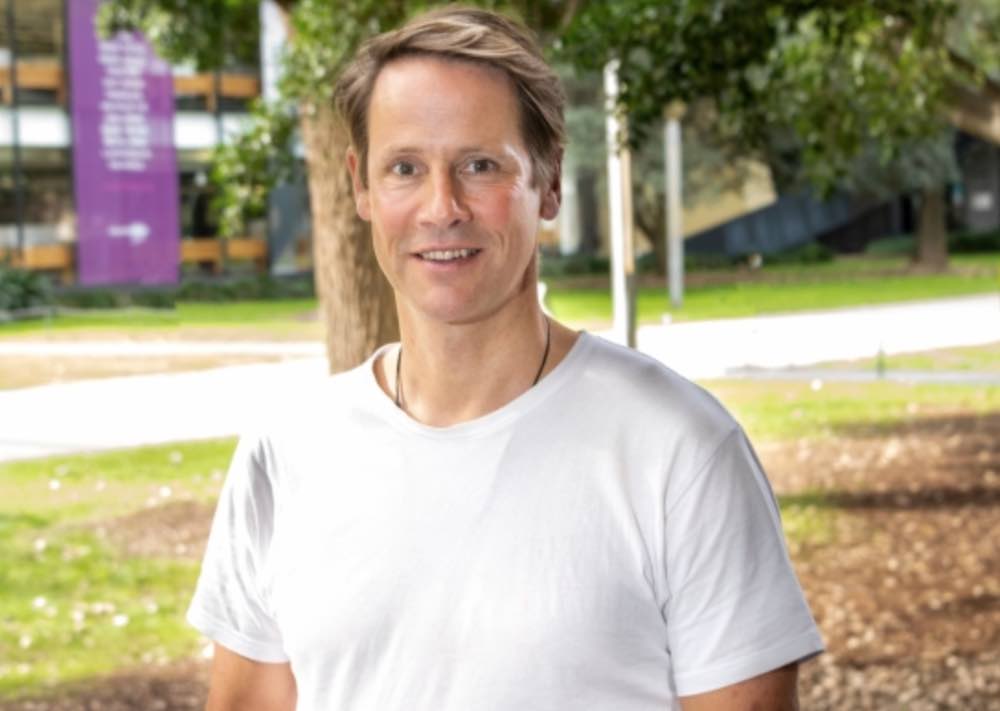Yet another member of the highly respected solar research and development team at the University of New South Wales has received international recognition, with UNSW Engineering Professor Thorsten Trupke this week winning the IEEE William Cherry Award.
The award recognises outstanding contributions to photovoltaic science and technology and, because its winner is decided by the nominees’ technical and scientific peers, it is often regarded as the top research gong globally in the solar technology space.
Professor Trupke – a world-leading semiconductor scientist at UNSW’s School of Photovoltaic & Renewable Energy Engineering – is described as having made significant contributions to PV and solar cell technology through his research breakthroughs and their translation to industry.
In particular, Trupke invented photoluminescence (PL) imaging, a world-first technology that can identify hidden faults and defects affecting the performance of solar cells and silicon wafers, the UNSW said.
The technology measures the quality of silicon wafers, solar cells and of entire panels in one second or less, where comparable processes used to take several hours to complete. The technology was commercialised in 2007 when Trupke co-founded BT Imaging and is now used in virtually all PV research laboratories.
Prof. Trupke said he was very proud to be recognised by his peers, particularly given the highly lauded UNSW professor often described as ‘the father of photovoltaics’, Martin Green, was a recipient of the same award.
“I remember being in Martin Green’s office when I first met him and admiring his Cherry Award plaque. The fact that I’m the 2021 recipient has not fully sunk in yet,” he said.
“This recognition is a credit to everyone who has contributed to our work on luminescence characterisation over many years, in particular my outstanding research team at UNSW and my colleagues at BT Imaging.
“There is still so much work to be done. Solar energy will become the dominant source of electricity and of all primary energy over the next 30 years. Contributing to this massive transition away from fossil fuels is very exciting and fulfilling.”
Trupke said his team would continue its work on characterisation and quality control of silicon wafers, solar cells and modules, to help guarantee photovoltaics as a reliable source of energy into the future.
“UNSW, particularly the School of Photovoltaic & Renewable Energy Engineering, has made fundamental and highly impactful contributions to this tech space for over 40 years,” he said.
“With the infrastructure, networks and ecosystem that were established here at UNSW over that timeframe, we really are in an ideal position to continue to carry out cutting edge research, contributing to the biggest revolution of our time. Not least, I am thankful for funding from ARENA, who have been key supporters of our projects for many years.”
UNSW solar researchers have received numerous global accolades over the years, including Martin Green’s recent award of the 2021 Japan Prize in the category of “Resources, Energy, the Environment, and Social Infrastructure”, in recognition of more than four decades of research that developed technologies now ubiquitous in most commercially available solar panels. In 2018 he beat a field including Tesla’s Elon Musk to win the Global Energy Prize.
In May of 2020, UNSW Engineering Associate Professor Brett Hallam was awarded the 2020 IEEE Stuart R Wenham Young Professional Award – the top global gong for young researchers; and in October of the same year, UNSW scientia associate professor Xiaojing Hao won the 2020 Malcolm McIntosh Prize for Physical Scientist of the Year, after leading research into a new material, sulphide kesterite, which has shown significant promise for use in the production of environmentally friendly thin-film solar panels.










